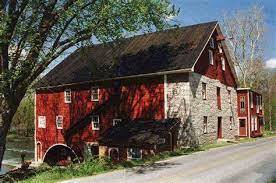The Canoe Kayak Portage
The Conodoguinet Creek is a waterway of the Commonwealth, which means that it is open to the public, however accessing the creek can be a problem when the property is privately owned.
The Mill owners, Randy and Angie Heishman have generously agreed to work together with the Friends of Historic Heishman’s Mill to establish a safe and permanent portage around the mill and mill dam which will make possible a 25 mile westward expansion of the Conodoguinet Creek Water Trail from North Middleton Park to the Pennsylvania Game Commission’s State Game Lands 169 (Newburg). The Friends of Historic Heishman’s Mill, through grants from both the Pennsylvania Fish & Boat Commission (PAFBC) and PA Department of Conservation & Natural Resources (DCNR) are nearing completion of the project. The recreational easement requires FHHM to maintain and repair the portage for the life of the improvements. Craft will safely exit the creek 150 feet above the Mill Dam and then reenter the creek more than 100 feet below the dam into the Mill Race. A fish habitat structure was also installed to enhance recreational fishing. Please see the Portage Project Page for before and after pictures.
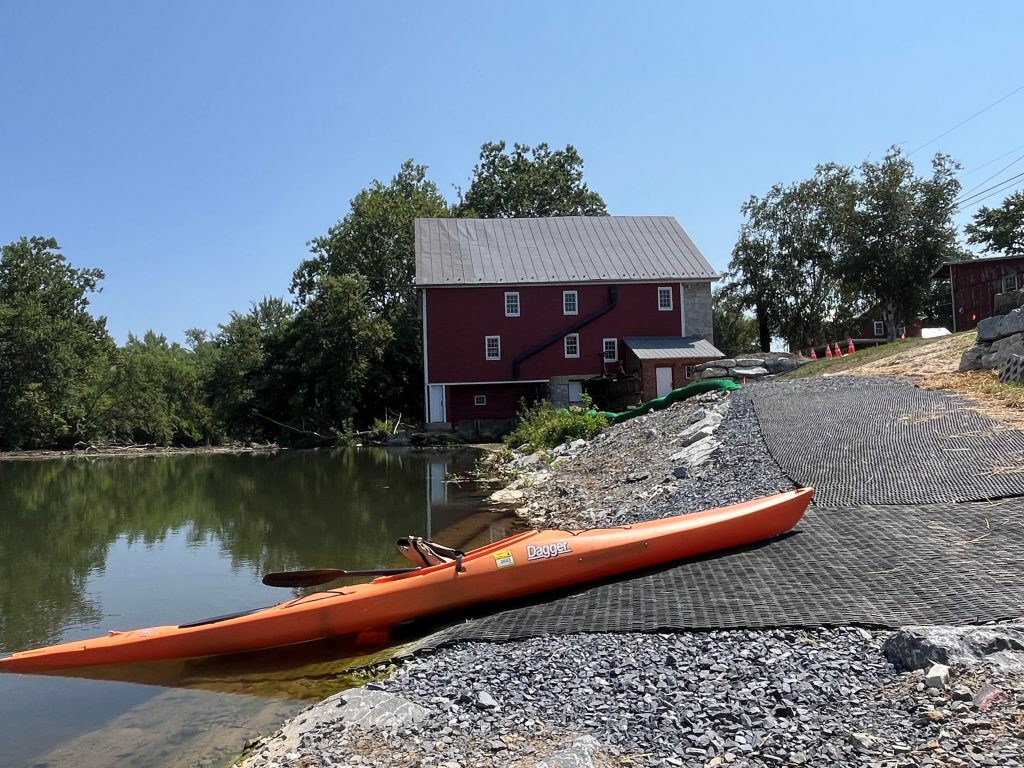
Naturalistic Fish Bypass Channel
During the late 20th century, many small dams on rivers and streams were required to be removed to enhance fish migration (Shad and Eels), to reduce the risk of boating accidents and to reduce the risk of dam failure. A number of dams were removed from the Conodoguinet Creek during this period. Mr Foshag resisted attempts by DEP and PAFBC to require removal of the Heishman’s Mill dam due to his ultimate goal of restoring the mill to working condition. Ultimately, in 2004, through Mr. Foshag’s research a compromise was reached wherein a Fish Bypass stream was created on the opposite side of the creek. This 500 foot long Bypass Stream was unique at the time in the USA. This alternative to a “Fish Ladder” had been used successfully in Europe.
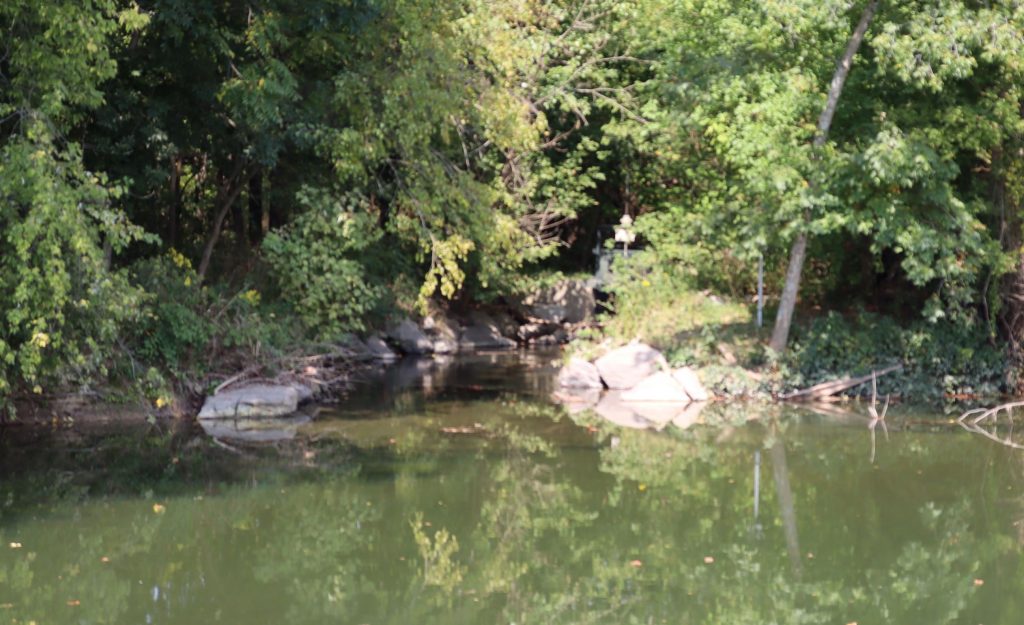
Mr. Foshag received technical assistance from PAFBC and funding from the American Rivers Program to create a naturalistic stream lined with large limestone rocks and partially controlled by a sluice gate. The goal of the fish bypass is to allow migration of fish (especially American shad and the American eel ). The Susquehanna River Basin Commission is commited to the restoration of historical migratory fish species in the Susquehanna river basin https://www.srbc.gov/our-work/american-eels/docs/SRAFRC-Restoration-Plan-2010.pdf. Through these combined efforts the low head dam was saved to potentially power future restorations of the mill.
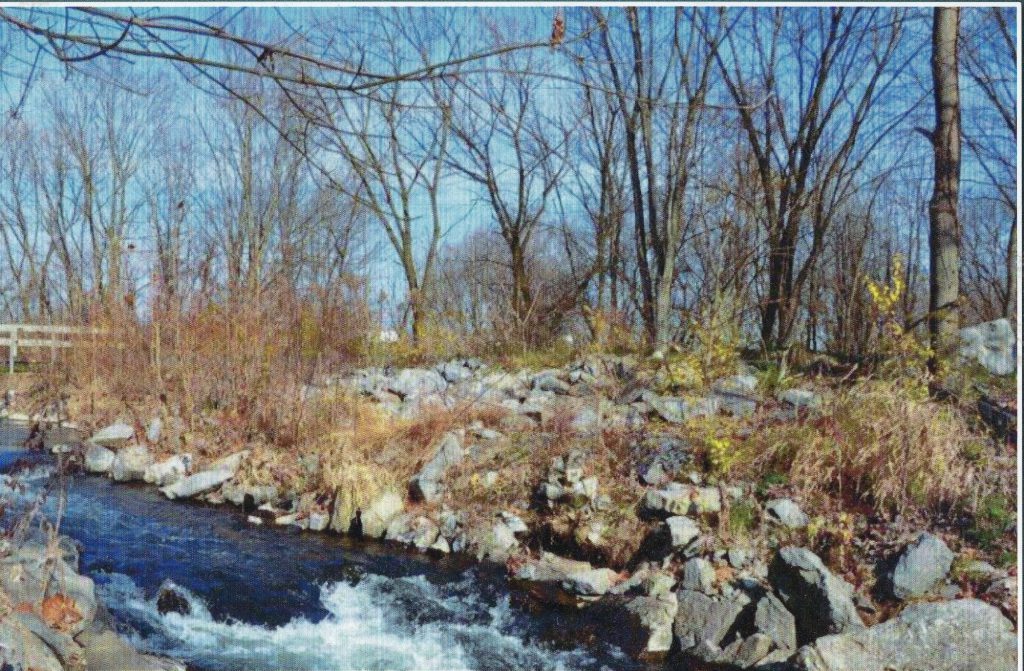
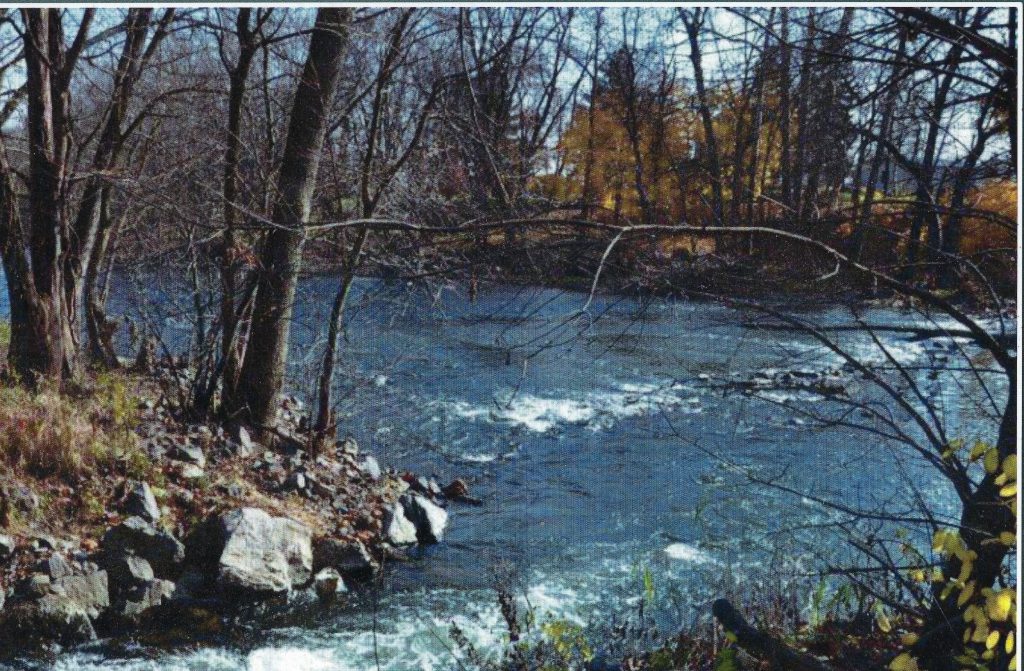
Conodoguinet Creek Water Trail
For a detailed description of the current Conodoguinet Creek Water Trail see: www.ccpa.net/watertrails
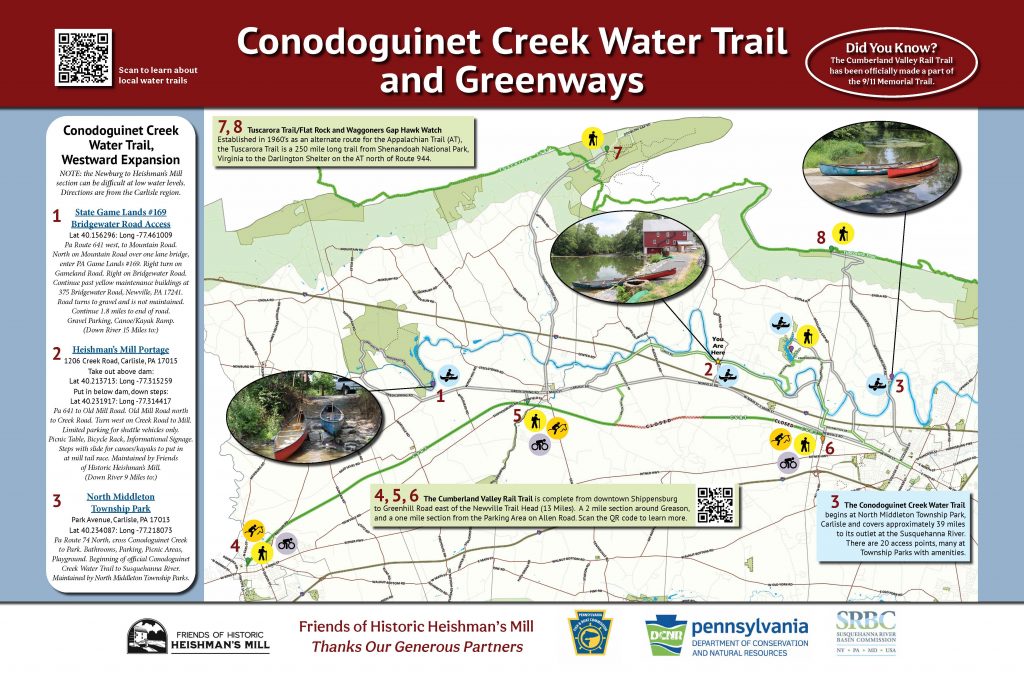
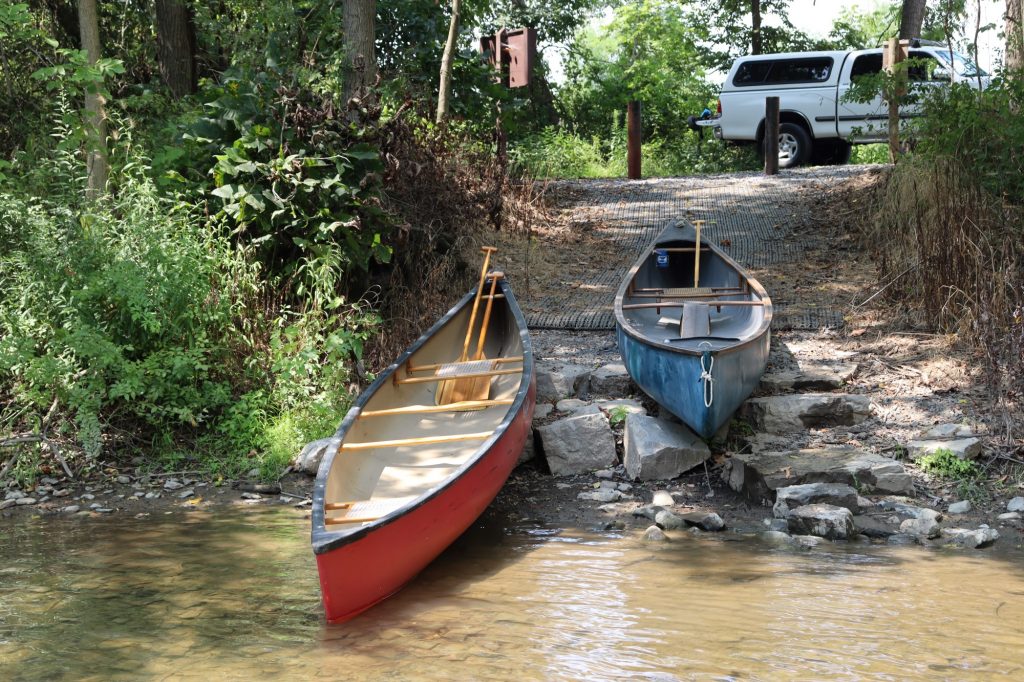
Put in at the end of Bridgewater Road, Newburg Gamelands 15 miles upstream from Heishman’s Mill
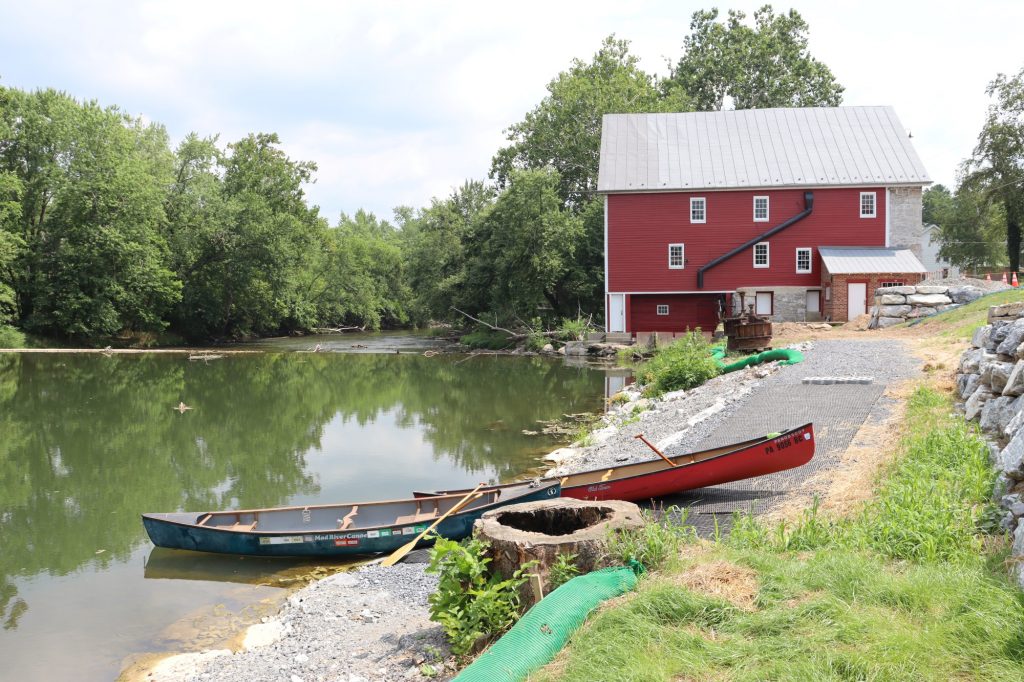
Portage Take Out 150 feet above Heishman’s Mill Dam. Boaters may Portage their craft around the Mill and Mill Dam and put in again into the Mill Race approximately 100 ft. downstream from the dam.
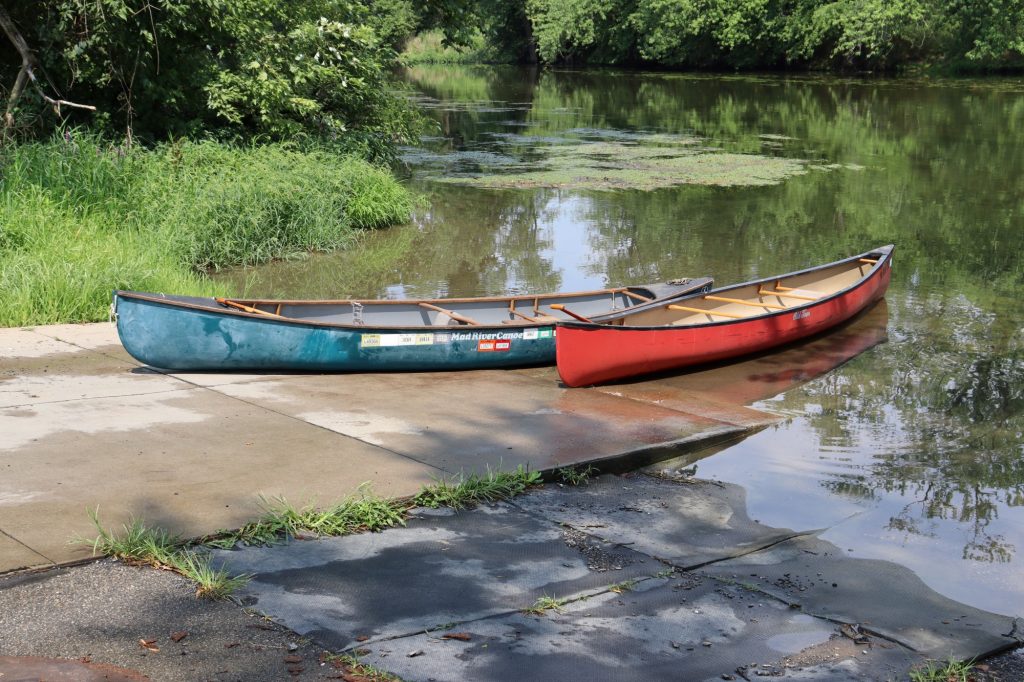
Boat launch at North Middleton Park. The beginning of the official Conodoguinet Creek Water Trail from North Middleton Park to the Susquehanna River. Approx. 9.5 miles downstream from the Mill. Excellent parking and park facilities.
Heritage of the Conodoguinet Creek Watershed
The Conodoguinet Creek Watershed is rich in history. A commemorative booklet, A long way with many bends, was published by the Conodoguinet Creek Watershed Association in 2021 as well as a video story guide to the creek and it’s history.
(The following is taken from the Cumberland County Planning Department’s, “Conodoguinet Creek Water Trail Guide”, 2017)
Early pioneers envisioned the waters of the Conodoguinet as an avenue of commerce linking the Susquehanna and Potomac rivers. Plans for a canal joining the headwaters of the Conodoguinet with the headwaters of the Conococheague Creek never materialized. However, the Conodoguinet was far from abandoned. The Conodoguinet Creek powered many mills. The mills of C u m b e r l a n d County were the small industrial centers of their time. Besides grain, cider, nails and wood, these mills refined diverse products such as sumac leaves, which were made into tanning and dyeing materials. Distilleries were also located at a number of these sites. In 1840, the Conodoguinet Creek provided power for more than 140 mills throughout the county. But by 1909, only 13 mills remained, and today the industry is largely forgotten. Today, the Conodoguinet Creek is most valued for its water resources and recreational opportunities. Communities in the eastern part of the Cumberland Valley pump millions of gallons per day from the creek to meet residential, commercial and industrial water demand. Much of the water returns to the stream, but not before passing through one of several treatment plants in the basin. On a typical summer day, one can also find avid canoeists and anglers enjoying the creek’s ribbon of greenery, alive with herons, kingfishers and other streamside creatures. Osprey and eagles may also be seen over the stream. In winter, after prolonged periods of cold, the creek’s waters freeze and give the Conodoguinet an idyllic Currier-and-Ives picture-postcard beauty
Boating Safety
When using the area around the Mill , please observe all safety signage and alway practice safe boating.


